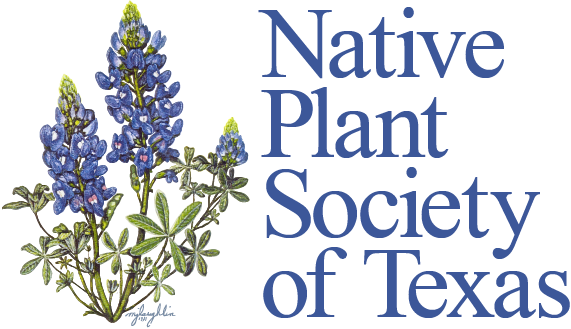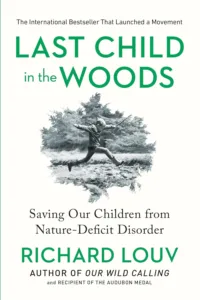In this work, Louv highlights the declining exposure of children to nature in American society, coining the term “nature-deficit disorder.” He delves into how this lack of connection with the natural world adversely affects children and society as a whole. Some of the key points from the book include:
- Nature-Deficit Disorder: Louv argues that children today spend less time outdoors due to various factors such as parental fears, structured schedules, and limited access to natural spaces. This deficit has significant implications for physical, psychological, and spiritual well-being.
- Health Implications: The book explores how nature can serve as therapy for conditions like depression, obesity, and attention deficit disorder. Environment-based education not only improves test scores but also fosters critical thinking and problem-solving skills.
- Alternative Future: Louv presents an alternative vision where parents actively encourage their children to engage with nature. By doing so, families can find joy, connectedness, and creativity through outdoor experiences.

